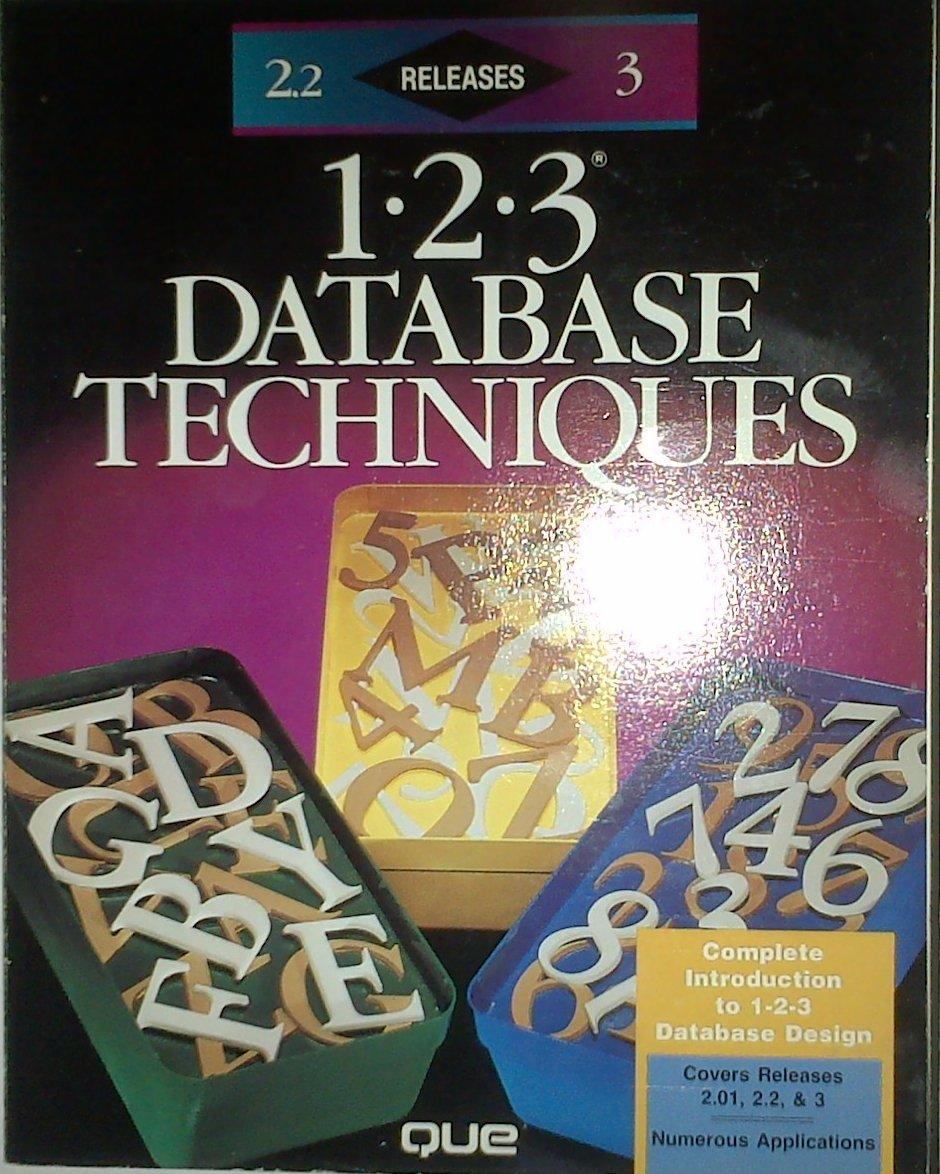Answered step by step
Verified Expert Solution
Question
1 Approved Answer
***NEED THE CODE IN C*** #include #include int increase(int num[], int length) { return 0; } void displayArray(int num[], int length) { for (int i=0;

***NEED THE CODE IN C***
#include#include int increase(int num[], int length) { return 0; } void displayArray(int num[], int length) { for (int i=0; i Problem 1 ( 2 pts). A subsequence is a sequence that can be derived from an array by deleting some or no elements without changing the order of the remaining elements. For example, [3,6,2,7] is a subsequence of the array [0,3,1,6,2,2,7]. The attached program "increase.c" has a function "increase(num[], length)" that returns the length of the longest strictly increasing subsequence of the integer array 'num[]' with length 'length'. (Recall, that strictly increasing means that the consecutive values in the subsequence become larger. It is not strictly increasing if consecutive values can stay the same. For example, 1, 2, 5, 7 is strictly increasing, while 1,2,2,5 is not.) The current function increase() doesn't work. Make it work so that its time complexity is O(n2), where n is the length of the array. (Hint: one approach is to use bottom-up dynamic programming with memoization.) This is what the output should look like: Array: 109253710118 Length =4 Array: 10242733020579211421822 Length =8
Step by Step Solution
There are 3 Steps involved in it
Step: 1

Get Instant Access to Expert-Tailored Solutions
See step-by-step solutions with expert insights and AI powered tools for academic success
Step: 2

Step: 3

Ace Your Homework with AI
Get the answers you need in no time with our AI-driven, step-by-step assistance
Get Started


